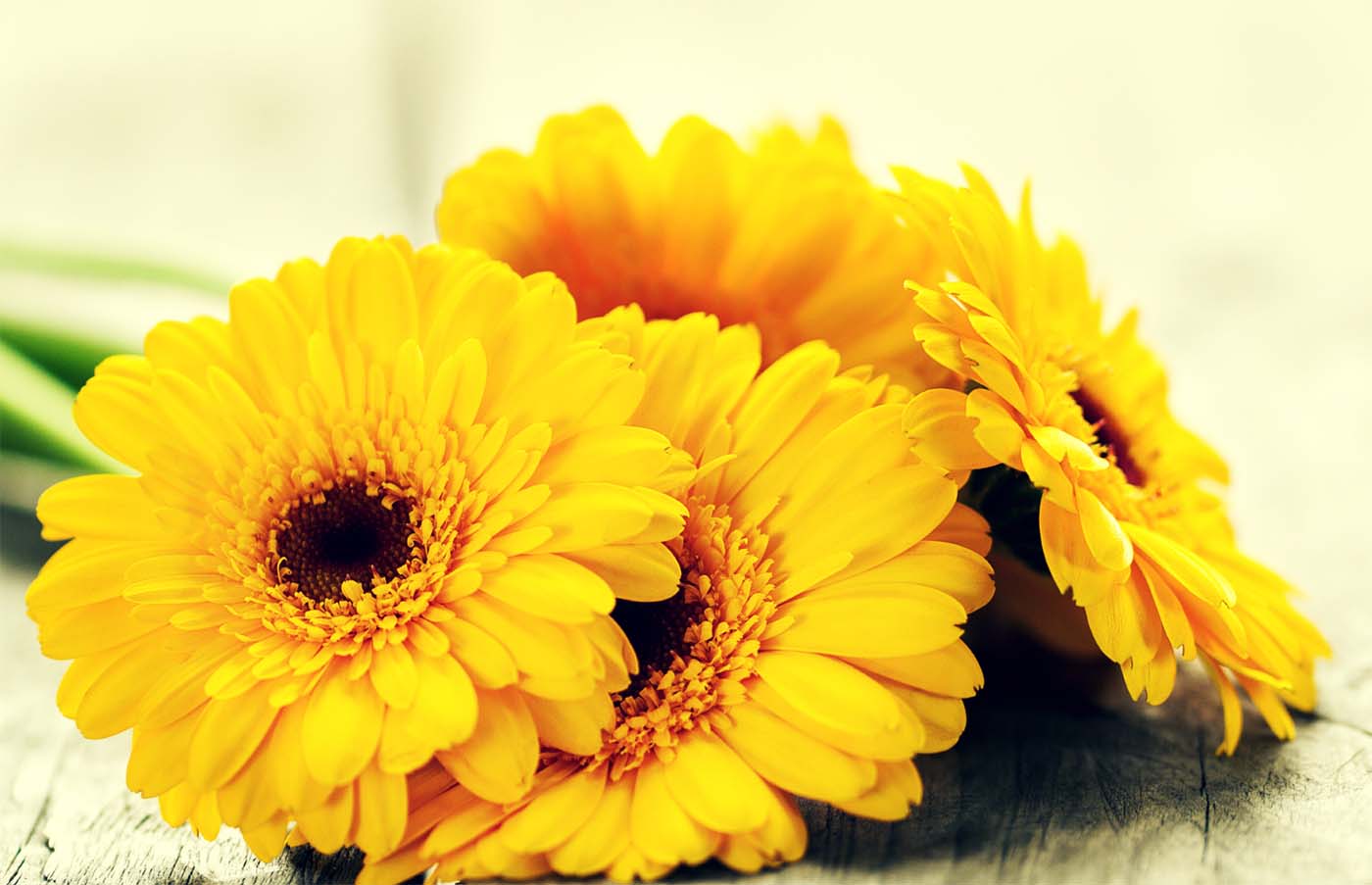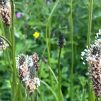
1. Introduction
Calendula, scientifically known as Calendula officinalis, is a vibrant, sun-loving flower often referred to as “pot marigold.” Known for its bright orange and yellow petals, calendula has been used for centuries in traditional medicine, skincare, and culinary applications. Its soothing and healing properties make it a staple in natural remedies and cosmetic products.
2. Where Does Calendula Grow?
Calendula is native to the Mediterranean region but is now cultivated worldwide due to its adaptability and popularity. It thrives in:
- Europe: Widely grown in gardens and fields, particularly in Southern Europe.
- North America: Commonly found in home gardens and herbal farms.
- Asia: Cultivated in temperate regions for its medicinal and ornamental value.
- Other regions: Grows well in Australia, South Africa, and parts of South America.
Flower prefers sunny locations with well-drained soil and is often grown as an annual plant.
3. Botanical Characteristics
- Appearance: Calendula has bright orange or yellow daisy-like flowers with a slightly sticky texture. The leaves are lance-shaped and light green.
- Growth habits: It grows up to 50-60 cm tall and blooms from early summer to the first frost.
- Harvesting: The flowers are harvested when fully open, usually in the morning after the dew has dried.
4. Historical and Cultural Significance
Calendula has a rich history of use across cultures:
- Ancient Egypt: Used for its rejuvenating properties and in religious ceremonies.
- Ancient Greece and Rome: Employed as a culinary herb and for wound healing.
- Medieval Europe: Symbolized love and was used in soups and stews.
- Traditional Ayurveda and Chinese Medicine: Used to treat skin conditions, inflammation, and digestive issues.
5. Medicinal Properties of Calendula
Calendula is renowned for its anti-inflammatory, antimicrobial, and healing properties. Below are its key medicinal benefits:
5.1 Skin Healing and Wound Care
- accelerates wound healing, reduces inflammation, and prevents infections.
- It is effective for treating cuts, burns, bruises, and diaper rash.
5.2 Anti-Inflammatory and Antimicrobial
- The plant contains triterpenoids and flavonoids, which reduce inflammation and fight bacteria and fungi.
- It is used to treat conditions like eczema, psoriasis, and acne.
5.3 Antioxidant Benefits
- Calendula is rich in antioxidants, which protect the skin from free radical damage and slow aging.
- It helps improve skin elasticity and reduce the appearance of wrinkles.
5.4 Digestive Health
- Calendula tea soothes the digestive tract, reducing symptoms of gastritis, ulcers, and indigestion.
- It also has mild laxative properties.
5.5 Immune System Support
- Calendula stimulates the immune system, helping the body fight infections.
- It is often used in herbal remedies for colds and flu.
5.6 Menstrual and Hormonal Health
- helps regulate menstrual cycles and reduce cramps.
- It is also used to alleviate symptoms of menopause.
6. Cosmetic and Skincare Applications
- Skin care: Calendula is a key ingredient in creams, lotions, and balms for its soothing and healing properties.
- Hair care: Used in shampoos, conditioners, and growth hair oils to promote a healthy scalp, reduce dandruff, and strengthen hair follicles.
- Baby care: Gentle enough for baby products, such as diaper creams and bath oils.
- Application in Nanorev Products: Calendula is often included in Skin Repair Serum due to its healing and anti-inflammatory properties. It can also be added to ointments for skin irritations and massage oils.
7. Culinary Uses
- Edible flowers: Calendula petals are used to add color and flavor to salads, soups, and rice dishes.
- Tea: Dried flowers make a soothing herbal tea.
- Infused oils: Used in cooking or as a base for skincare products.
8. Safety and Precautions
- Allergies: Some individuals may experience allergic reactions, especially if allergic to plants in the Asteraceae family.
- Pregnancy and breastfeeding: Consult a healthcare provider before use.
- Interactions: May interact with sedatives or blood pressure medications.
9. DIY Recipes
- Healing Salve: Combine calendula-infused oil with beeswax for a soothing skin balm.
- Tea: Steep 1-2 teaspoons of dried flowers in hot water for 10 minutes. Drink for digestive or immune support.
- Hair Rinse: Boil calendula flowers in water, cool, and use as a final rinse after shampooing.
Conclusion
Calendula is a versatile and powerful herb with a wide range of health and skincare benefits. From healing wounds to soothing the skin, supporting digestion, and promoting healthy hair growth, this “sunshine healer” is a must-have in your natural remedy toolkit. Whether used in teas, oils, creams, or as a key ingredient in Hair Growth Oil, calendula brings the healing power of nature into your daily life.


